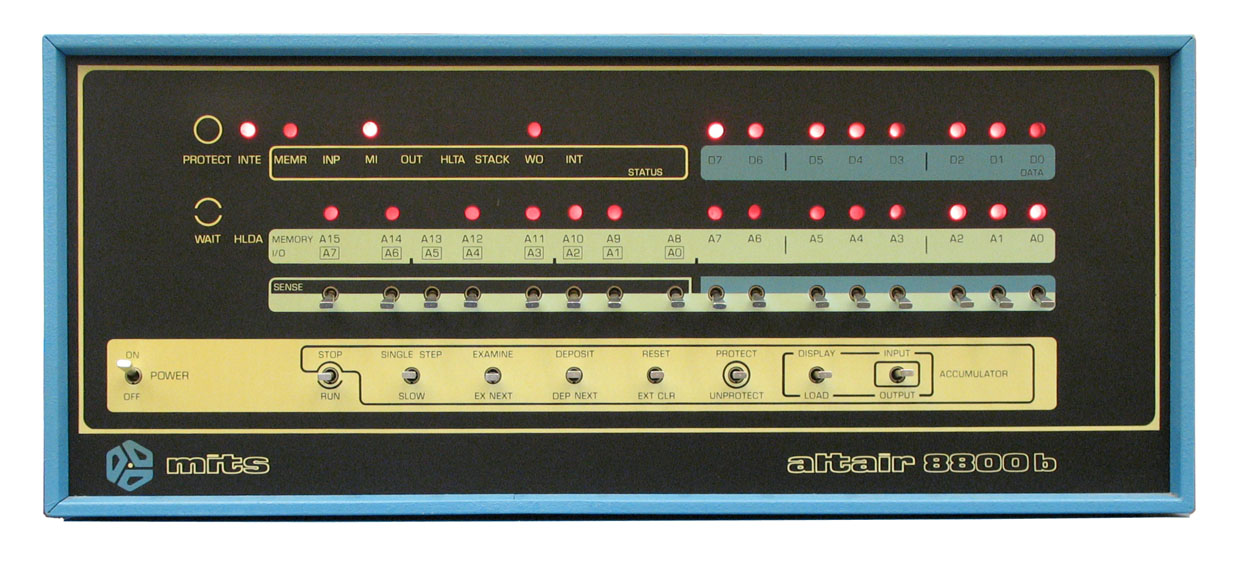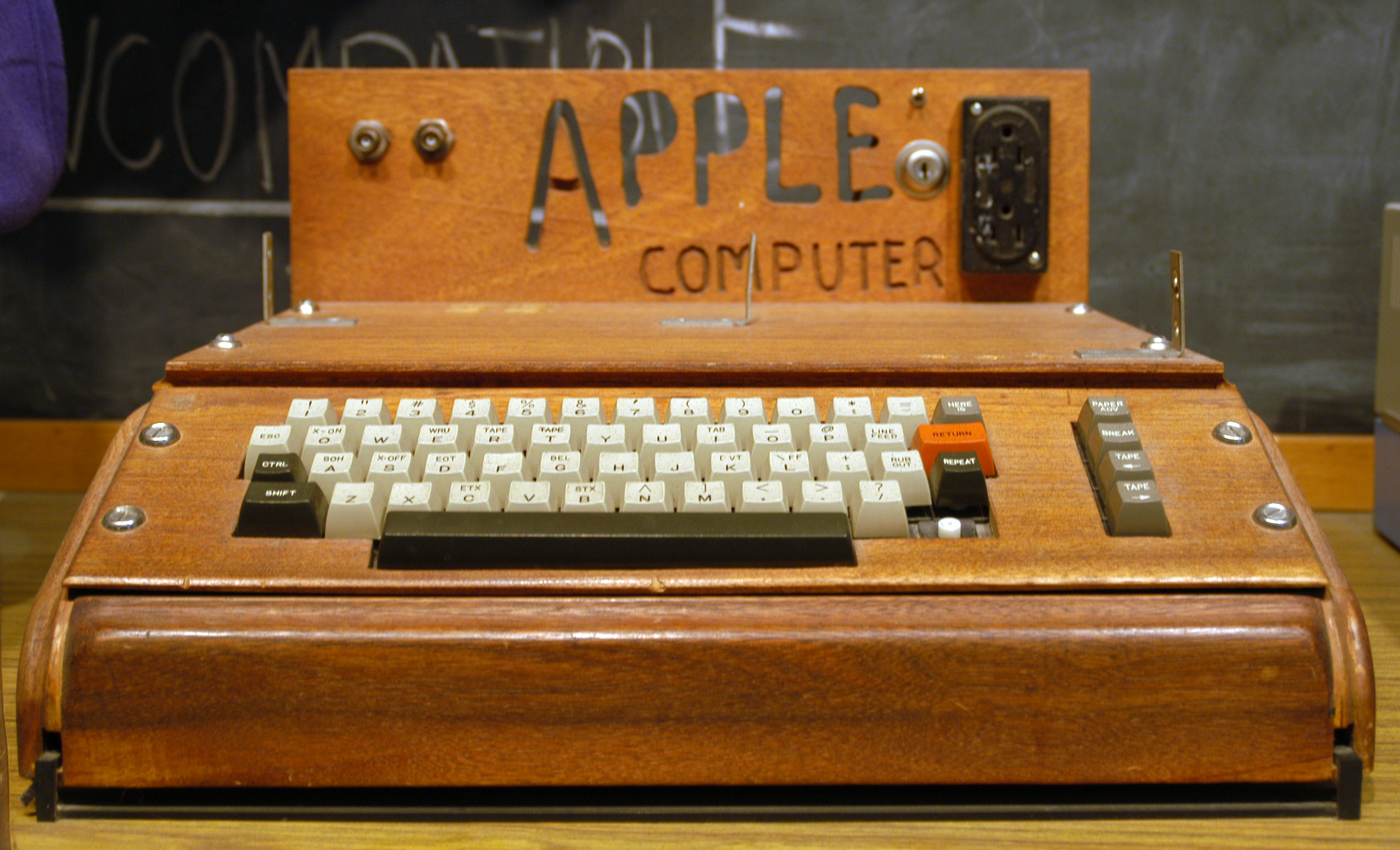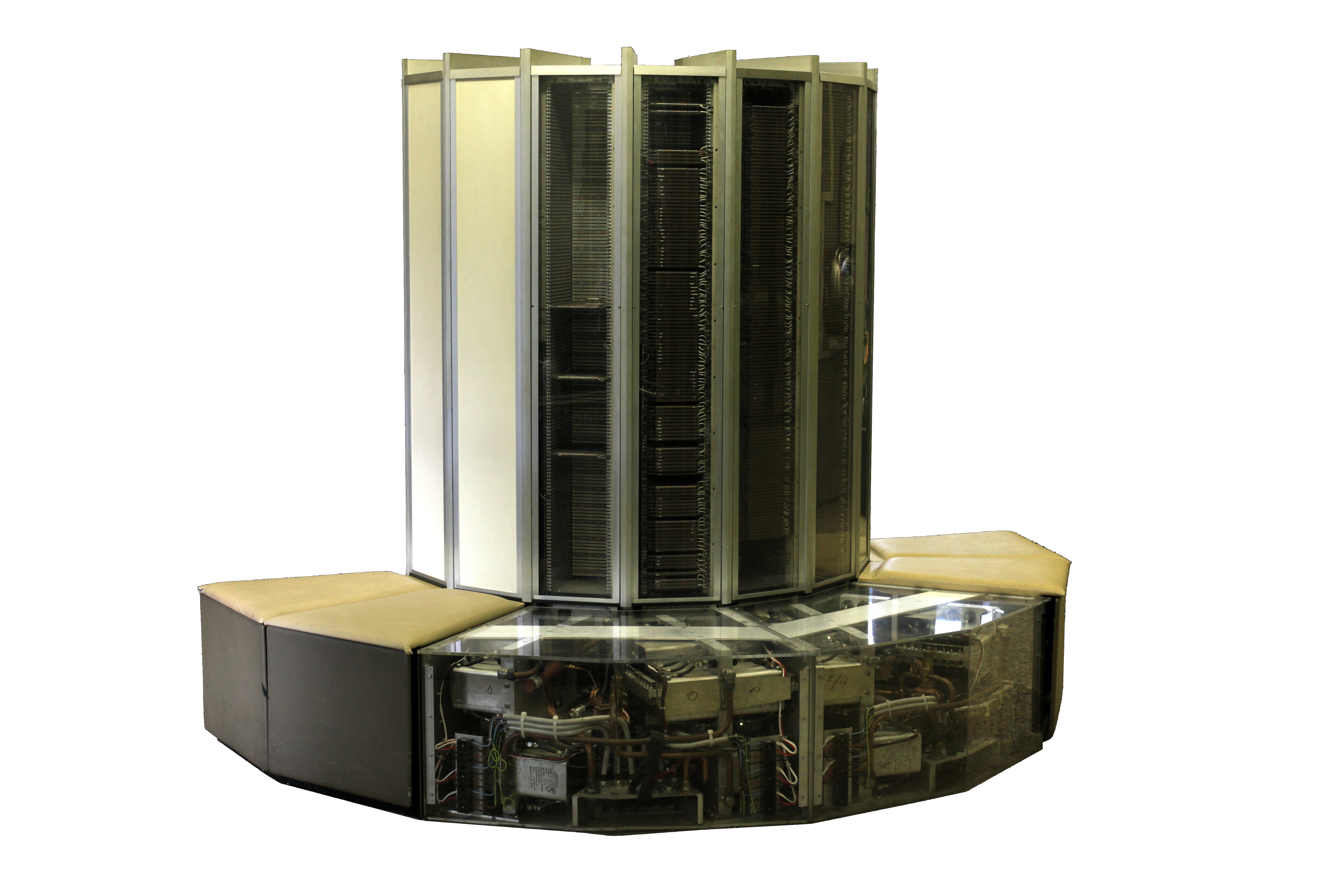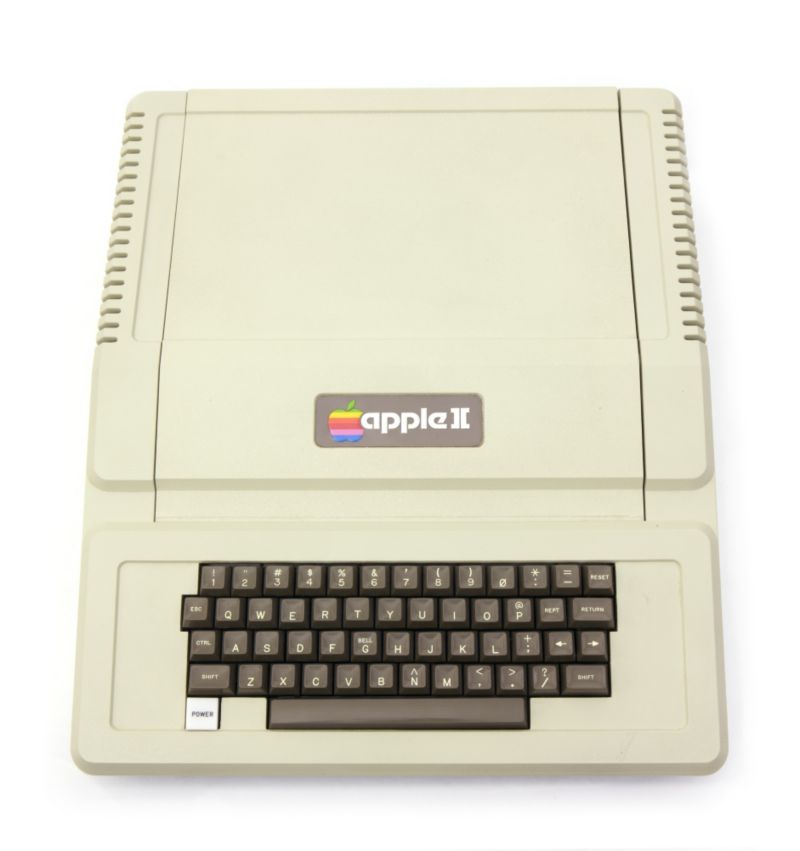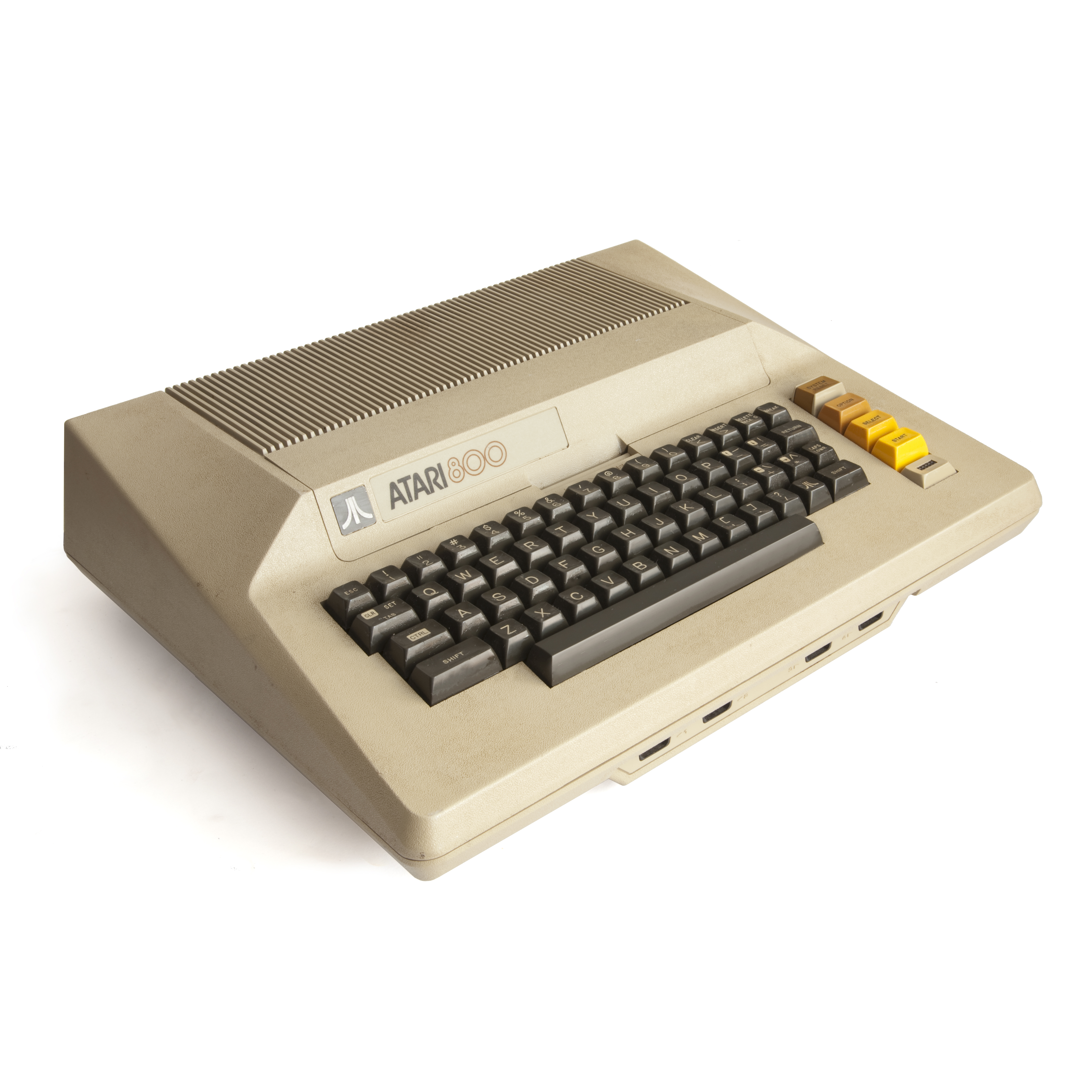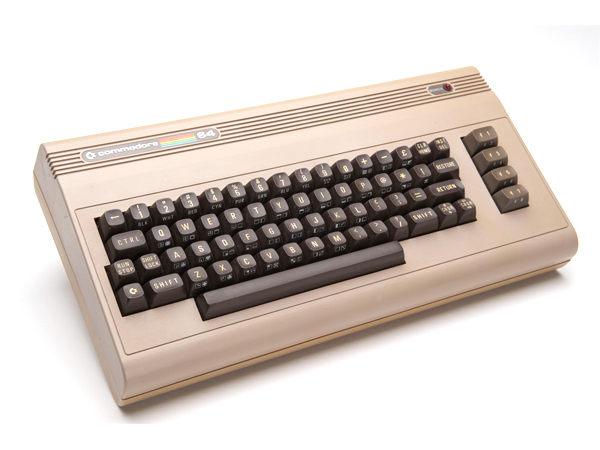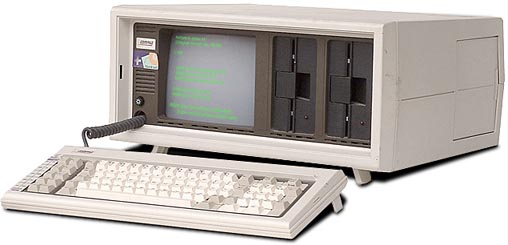In Pictures: Iconic Machines From Computing History
In the relatively brief history of computing, only a few machines have become iconic. Not necessarily because they were a commercial success, mind you, but because they introduced technologies or concepts that went on to become influential.
1975: Altair 8800
The mid-1970s marked the start of personal computing as we know it today. One of the computers that helped it take off was the Altair 8800. Distributed either as a DIY kit or fully-assembled, the Altair took its name from a star, and was an unexpected success. Its manufacturer, MITS, sold several thousand the first month. Yet, the Altair was extremely difficult to use, and there was no interface except for the switches and diodes on the front panel. The Altair is also known for giving a small company its first big contract. “Micro-Soft” supplied the machine’s programming language, Altair BASIC.
1976: Apple I
Compared to the Altair, the Apple I seemed childishly simple. Steve Wozniak, its designer, managed to install all of its components on a single motherboard, whereas the Altair required a minimum of five boards. The Apple I also featured the necessary circuitry to use a standard television set as a display. Once the Apple I was assembled inside a case, all you had to do was connect a keyboard and TV. Apple sold 200 Apple I computers before announcing its successor, the Apple II. The Apple I used an 8-bit MOS 6502 CPU clocked at 1 MHz. The chip was designed by part of the Motorola 6800 design team and was much less expensive than the Intel or Motorola equivalents. MOS Technology was later purchased by Commodore, where the MOS 6502 became the heart of the Commodore PET.
1976: Cray 1
While personal computing was taking off, a revolution was also happening at the other end of the power scale, shaping the world of supercomputers. In 1976, Cray Research, a company founded by its eponymous president Seymour Cray, installed its first product at the Los Alamos National Laboratory. The aptly-named Cray-1 was the most powerful supercomputer of its time at 80 MFLOPS. It was also the first to use vector processing, where the same instruction is applied to a very large set of data. This new approach to designing processors would have enormous repercussions on the industry, eventually leading to the birth of the GPU in the 1990s.
1977: Commodore PET
1977 was a watershed year that saw the introduction of three emblematic personal computers: the Commodore PET, the Apple II, and the TRS-80. In January, the PET (Personal Electronic Transactor) was the first to debut. This all-in-one device contained a MOS 6502 8-bit processor clocked at 1 MHz, 4 to 8 KB of RAM, 18 KB of ROM, and a 9-inch monochrome monitor capable of displaying 40 lines and 25 columns of text. It was supplied with a keyboard and a cassette drive for storage. With a starting price of just $495, the Commodore PET became a huge commercial success.
1977: Apple II
In April 1977, Apple unveiled the Apple II. It used the same basic equipment as the earlier model, including the MOS 6502 processor, but was much more approachable, as it was sold in a case instead of as a kit. The Apple II was one of the first computers that could read and store data on 5.25” “floppy” disks in addition to the traditional cassettes. It also had the advantage of being able to display command lines in color, a first at the time. This was the core of Apple’s product line for many years, with numerous versions (II Plus, IIe, IIc, etc.) remaining in production until the series was discontinued in 1993. That's right, the family lasted for 16 years!
1979: Atari 800
The name Atari is inseparable from video game history. But after producing its famous game console, the company attempted to enter the emerging personal computer market. Atari's first attempts took the form of the 400 and 800. The former was an entry-level machine pitched as a hybrid game console, whereas the latter was marketed as a full-fledged computer. Hardware-wise, the two were very similar. Both models featured the MOS 6502B processor clocked at ~1.8 MHz, 8 KB of RAM, and 8 KB of ROM. But while the 800 had a complete keyboard plus upgradable RAM and ROM, customers still preferred the 400. The Atari connected to a standard TV screen, and displayed a maximum of 384 pixels per line and up to 16 colors. The video circuit could manage eight sprites, allowing the machine to display animations and run games. But the company’s venture into the PC market didn’t pan out, which is why its name remains associated with the history of video games.
1981: IBM PC
IBM, then the top player in business computing, didn’t fail to notice the success of personal computers. “Big Blue” took up the challenge of creating a credible competitor to the Commodore PET, Apple II, and Atari 800. To pull it off, IBM formed a small team of engineers who were given special permission to bypass the company’s usual time-consuming development processes in order to get the product designed as quickly as possible. “Project Chess”, as it was called, succeeded within just one year.
Get Tom's Hardware's best news and in-depth reviews, straight to your inbox.
The PC broke with a number of IBM’s standard procedures. It was no longer built from in-house hardware, but was assembled from components provided by various third parties. But above all, the key to the PC’s worldwide success was the decision to give it an open architecture. Any manufacturer was allowed to produce compatible peripherals or write software for it without paying any royalties. Starting in 1982, companies like Phoenix, Award, and American Megatrends succeeded in reverse engineering the PC’s BIOS, resulting in the first appearances of “PC-compatible” products.
The original PC, the IBM 5150, used an Intel 8088 processor running at 4.77 MHz, two 5.25” diskette drives, and either 16 or 64 KB of RAM. BASIC was its programming language, and PC-DOS its operating system.
1981: Osborne 1
With computers becoming more compact and affordable, naturally, the idea arose to make them portable. The Osborne 1 was the first portable computer to go on the market. Built by Adam Osborne, it used a 4 MHz Zilog Z-80 processor, a faster and less expensive clone of the Intel 8080. But like the Apple Macintosh, the Osborne 1 was also heavily influenced by Xerox’s avant-garde ideas. In 1976, Xerox created the Notetaker, a portable PC prototype that, like the Alto, was never marketed. Comparing the Osborne 1 to today’s laptops is worth a smile, as the machine had a tiny 5” monochrome display, weighed a whopping 23½ lbs, and had no battery.
1982: Commodore 64
Five years after the PET, Commodore re-entered the market with a computer that would go on to make a lasting impression: the Commodore 64, or C64. Still an 8-bit device, this iconic symbol of the 1980s took the form of a rather thick keyboard in which all the essential components were housed. It used a MOS 6510 processor clocked at approximately 1 MHz. The new chip was a slight improvement over the MOS 6502, and it could address up to 64 KB of RAM. The Commodore 64 also had very good graphics and audio capabilities for its time. Its MOS VIC-II video circuit could display 320x200 pixels in a maximum of 16 colors. It could also generate sprites via hardware, which led to the creation of numerous games. Commodore was able to put the C64 on the market at the very low price of $595 because it had bought the chipmaker, MOS Technology. The C64 was an enormous commercial success. Between 1983 and 1986, it sold at more than 2 million units a year, accounting for between 30 to 40 percent of the personal computer market.
1983: Compaq Portable
The Osborne 1’s career was very short. In November 1982, a very young company founded by three former Texas Instruments employees released its first product: the Compaq Portable. It was an IBM PC-compatible portable computer. Despite having a significantly higher price than the Osborne 1 ($3,590 compared to $1,795), its success was immediate, selling 53,000 units in the first year. For the price, the Compaq Portable was a quality piece of equipment, housing an Intel 8088 processor clocked at 4.77 MHz, an astonishing (for the time) 128 KB of RAM, two 5.25” diskette drives, and MS-DOS. It weighed 27½ lbs and had a 9” CRT display. Compaq had the smart idea of entering into a partnership with Intel that guaranteed first dibs on the chip maker’s new products. This arrangement included the 80286, followed by the 80386, which Compaq had on the market even before IBM.
-
dudemcduderson I actually like the slide show thing, keep it up Tom's! In the modern era I feel like the Yoga or Surface Pro should have at least made the list because they run full featured x86 OSes unlike the iPad.Reply -
yannigr You forgot the oldest analog computerReply
http://en.wikipedia.org/wiki/Antikythera_mechanism
The Antikythera mechanism is an ancient analog computer designed to calculate astronomical positions. It was recovered in 1900–1901 from the Antikythera wreck, but its significance and complexity were not understood until a century later. Jacques Cousteau visited the wreck in 1978 but, although he found new dating evidence, he did not find any additional remains of the Antikythera mechanism. The construction has been dated to the early 1st century BCE. Technological artifacts approaching its complexity and workmanship did not appear again until the 14th century AD, when mechanical astronomical clocks began to be built in Western Europe. -
Belardo Imagine what would have happened if Steve Jobs never saw the GUI computer at Xerox?Reply
The Amiga computer was in development before the Mac was released to the public. It's still amazing that the apple II sold as well as it did considering the C=64 was so much cheaper yet better. -
PapaCrazy 34/35 is not a computer, its the anti-computer. And 35/35 appears blank... a bad omen, or just spooky? Either way, it's also anti-climactic. And this slideshow thing is demeaning for some reason. Makes me feel like I'm in nerd kindergarten.Reply -
Ioannis Doukakis I believe that you must include two more computers:Reply
a) Epson HX-20, the first actual notebook with battery
b) ZX-Spectrum one of the most popular personal computers -
Spinoza1 You also forgot the first fully programmable computer, the Zuse Z3 from 1941:Reply
http://www.humanismus.com/_/Konrad_Zuse_files/Munich%20248.jpg
